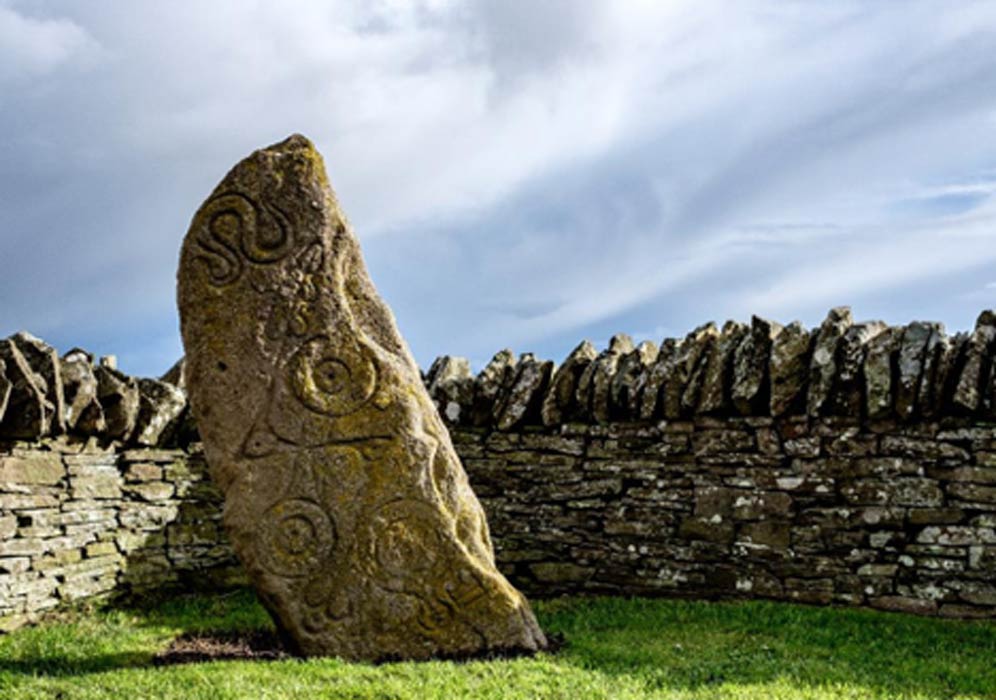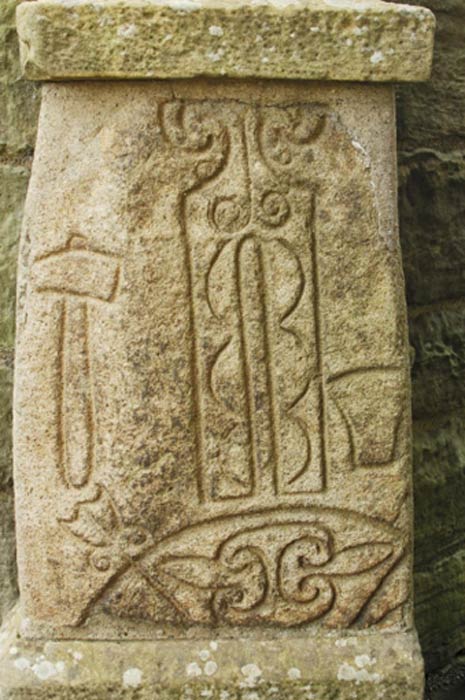Scottish Prof Links Mysterious Pictish Symbols and Distant Gobekli Tepe Signs

Scottish Prof Links Mysterious Pictish Symbols and Distant Gobekli Tepe Signs
The Picts were an ancient race of people who from at least the 1st century AD dominated the northern territories of what is known today as Scotland. In the works of Roman propaganda they are savages. But refreshingly, new findings over the last two years have informed us that they had a written language at least 1,700 years ago and they were a highly-developed culture. But now, it’s time for something completely different!
Most famous for their geometric and stylized animal symbols which they carved into standing stones and tattooed onto their bodies, the original meanings of Picts’ symbols remains a mystery - but every year it seems a different scientist adds a little more to our understanding of what was undoubtedly a rich and thriving Pictish culture .

The Picts and Their Symbols
In 1999, William Arthur Cummins published ‘ The Picts and their Symbols’ providing a list of symbols ordered by how frequently they appear, upon which scholar Anthony Jackson presented the first serious interpretation of Pictish symbols , concluding they were “family crests” in his 1984 book ‘ The Symbol Stones of Scotland.’
But brace yourself, for an Edinburgh University press release about the latest work of the controversial author Dr. Martin Sweatman of their School of Engineering claims they are “zodiacal and astronomical symbols” and draws parallels to the symbols of the 12,000-year-old site Gobekli Tepe , in Turkey!
Dr. Sweatman is a common target of the skeptical community because he openly endorses Graham Hancock’s theories, and in his last book, ‘ Prehistory Decoded’ , he claimed that around 13,000 years ago a lost civilization was wiped out and that the ancestors of the people who built Gobekli Tepe in present day southern Turkey had witnessed this catastrophe and erected the structure to commemorate the “terrible event.”
Whether you buy into such theories or not, Edinburgh University certainly does, so let’s have a look at what Dr. Sweatman claims with an open mind so that we don’t throw out any potential babies with the bathwater.
Full story, more pics, at site

Scottish Prof Links Mysterious Pictish Symbols and Distant Gobekli Tepe Signs
The Picts were an ancient race of people who from at least the 1st century AD dominated the northern territories of what is known today as Scotland. In the works of Roman propaganda they are savages. But refreshingly, new findings over the last two years have informed us that they had a written language at least 1,700 years ago and they were a highly-developed culture. But now, it’s time for something completely different!
Most famous for their geometric and stylized animal symbols which they carved into standing stones and tattooed onto their bodies, the original meanings of Picts’ symbols remains a mystery - but every year it seems a different scientist adds a little more to our understanding of what was undoubtedly a rich and thriving Pictish culture .

The Picts and Their Symbols
In 1999, William Arthur Cummins published ‘ The Picts and their Symbols’ providing a list of symbols ordered by how frequently they appear, upon which scholar Anthony Jackson presented the first serious interpretation of Pictish symbols , concluding they were “family crests” in his 1984 book ‘ The Symbol Stones of Scotland.’
But brace yourself, for an Edinburgh University press release about the latest work of the controversial author Dr. Martin Sweatman of their School of Engineering claims they are “zodiacal and astronomical symbols” and draws parallels to the symbols of the 12,000-year-old site Gobekli Tepe , in Turkey!
Dr. Sweatman is a common target of the skeptical community because he openly endorses Graham Hancock’s theories, and in his last book, ‘ Prehistory Decoded’ , he claimed that around 13,000 years ago a lost civilization was wiped out and that the ancestors of the people who built Gobekli Tepe in present day southern Turkey had witnessed this catastrophe and erected the structure to commemorate the “terrible event.”
Whether you buy into such theories or not, Edinburgh University certainly does, so let’s have a look at what Dr. Sweatman claims with an open mind so that we don’t throw out any potential babies with the bathwater.
Full story, more pics, at site
